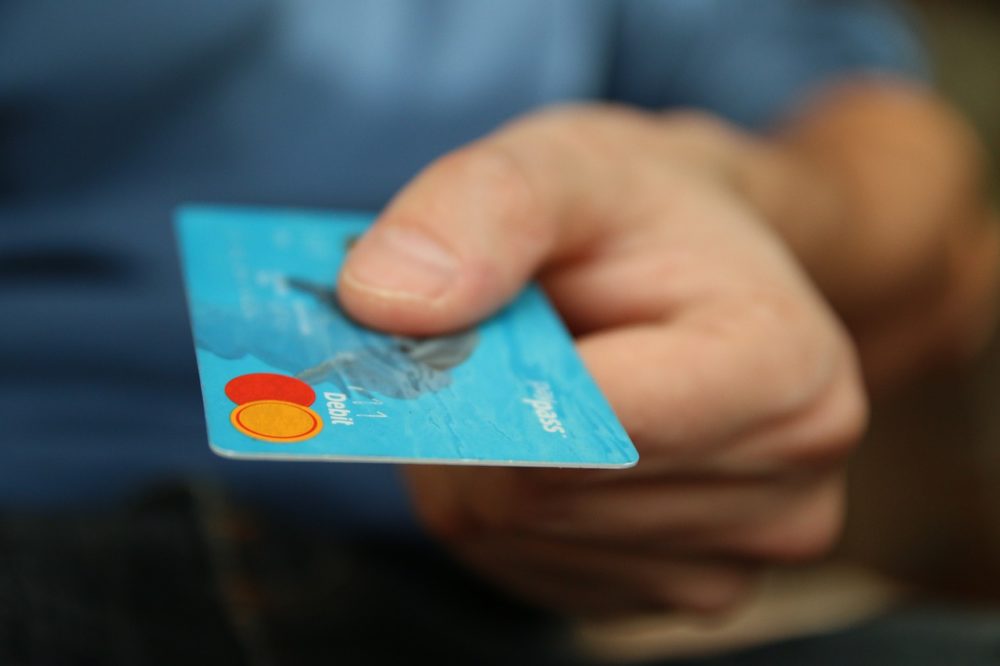So let’s see. A company gives you a piece of plastic. Instead of using inconvenient cash, you use the convenient piece of plastic to pay for things. You no longer have loose change that falls between couch cushions and car seats. You no longer have to save up coins in a jar, take them to Publix, and convert them into cash at a charge of 9%.
Who, exactly, is making money from providing this service for you?
Jo Craven McGinty at The Wall Street Journal explains:
- Rewards are bankrolled by interchange fees that merchants who accept credit cards pay to banks that issue the cards. The fees cover the banks’ handling costs and offset the risks associated with offering customers the option of paying with credit.
- Merchants dislike the fees, which threaten to eat into their profits. Conventional wisdom suggests they pass on the expense to their customers by charging higher prices for the goods and services they sell. Costs go up for everyone, but only those collecting rewards receive the benefit.
It pays to use plastic. Economists estimate that U.S. households that don’t pay with credit cards lose an average of $50 each year, while households that do pay with the cards gain an average of $240.
Just remember to pay off your credit cards every month, or else you’ll be helping bankroll the convenience for other people.


